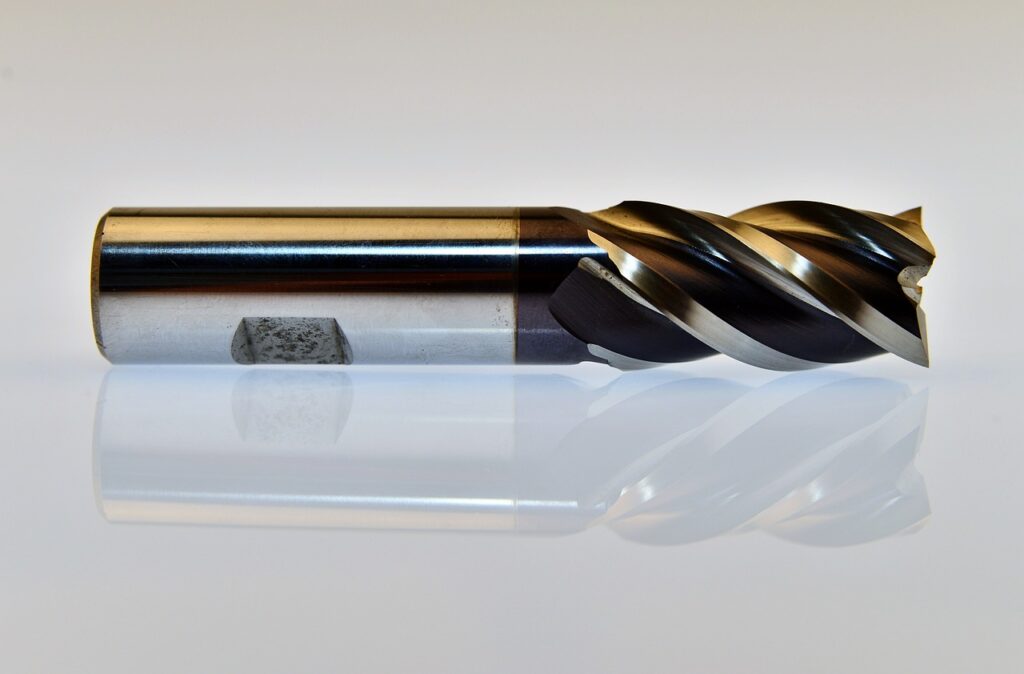Machining processes play a crucial role in the manufacturing industry, enabling the creation of precision components and products. One fundamental tool in machining is the end mill, a versatile cutting tool with a variety of applications. Understanding the key aspects of end mills is essential for optimizing machining operations. In this article, we will explore what you should know about end mills in machining.
Table of Contents
ToggleIntroduction to End Mills
End mills are cutting tools used in milling applications to remove material from a workpiece. They are typically made of high-speed steel (HSS) or carbide and come in various shapes and sizes. The most common type is the flat end mill, but others include ball nose, corner radius, and tapered end mills. Each type is designed for specific applications, offering unique advantages in different machining scenarios.
Types of End Mills
a. Flat End Mills
- Ideal for general milling and contouring.
- Available in various lengths and diameters.
b. Ball Nose End Mills
- Suitable for 3D contouring and profiling.
- Provides a smooth finish on curved surfaces.
c. Corner Radius End Mills
- Used for milling rounded corners and improving tool life.
- Reduces stress concentration in corners.
d. Tapered End Mills
- Features a tapered shape for precision milling.
- Ideal for creating intricate designs.
Understanding End Mill Geometry
The geometry of an end mill plays a crucial role in its performance. Key parameters include:
a. Flute Count
- Determines the number of cutting edges.
- More flutes provide a finer finish but reduce chip space.
b. Helix Angle
- Influences the efficiency of chip removal.
- Higher helix angles are suitable for softer materials.
c. Coating
- Some end mills feature coatings for increased durability.
- Common coatings include TiN, TiCN, and TiAlN.
Selecting the Right End Mill for the Job
Choosing the appropriate end mill depends on the material being machined, the desired finish, and the machining process. Factors to consider:
a. Material Compatibility
- Different materials require specific end mills.
- Carbide end mills are suitable for high-speed machining.
b. Cutting Speed and Feed Rates
- Optimal settings vary based on material and end mill type.
- High-speed machining may require specialized end mills.
Maintaining and Extending End Mill Life
Proper maintenance is essential to maximize the lifespan of end mills:
a. Coolant Usage
- Using coolant reduces heat and extends tool life.
- Selecting the right coolant is crucial.
b. Tool Handling
- Proper handling and storage prevent damage.
- Regular inspection ensures optimal performance.
End mills are indispensable tools in machining, offering precision and versatility. Understanding the different types, geometries, and proper usage is vital for achieving optimal results in various machining applications. By selecting the right end mill and implementing proper maintenance practices, manufacturers can enhance efficiency, reduce costs, and produce high-quality machined components.

